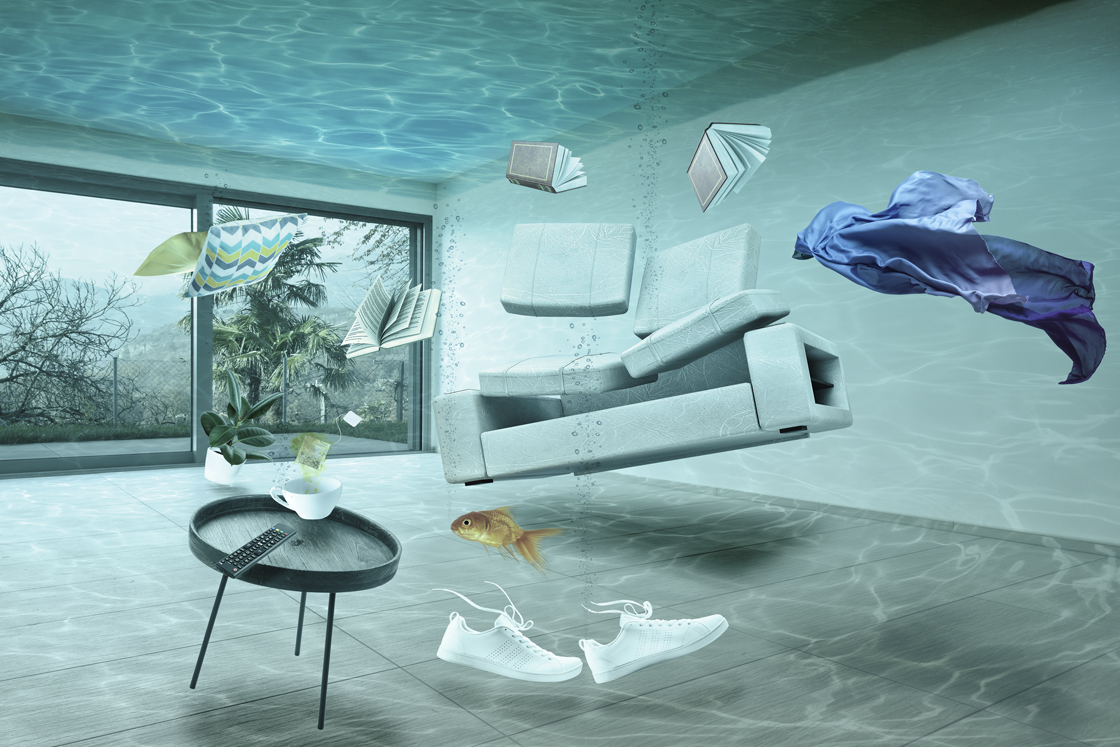Overview To Water Leakage Detection At Home
Overview To Water Leakage Detection At Home
Blog Article
We've encountered this great article on Leaking water lines down the page on the net and think it made good sense to talk about it with you on my blog.

Early detection of dripping water lines can alleviate a prospective calamity. Aside from saving you cash, it will certainly minimize the aggravation and also irritation. The moment you find a leak, calling your plumber for repairs is the very best option. Some tiny water leaks may not be visible. If you can not discover it with your nude eyes, right here are some hacks that assist.
1. Examine the Water Meter
Every residence has a water meter. Examining it is a guaranteed way that helps you uncover leakages. For starters, turn off all the water resources. Ensure nobody will certainly flush, make use of the tap, shower, run the cleaning maker or dish washer. From there, most likely to the meter and watch if it will alter. Since no person is utilizing it, there should be no movements. That suggests a fast-moving leakage if it moves. If you identify no changes, wait a hr or two and examine back once again. This means you may have a slow-moving leakage that can also be underground.
2. Inspect Water Intake
If you find unexpected adjustments, regardless of your consumption being the same, it implies that you have leaks in your plumbing system. A sudden spike in your expense suggests a fast-moving leakage.
A consistent rise every month, also with the very same behaviors, reveals you have a slow-moving leakage that's additionally gradually rising. Call a plumber to extensively examine your residential or commercial property, particularly if you feel a warm area on your flooring with piping underneath.
3. Do a Food Coloring Examination
When it comes to water usage, 30% comes from toilets. If the shade in some way infiltrates your bowl during that time without flushing, there's a leakage in between the tank and dish.
4. Asses Outside Lines
Don't neglect to inspect your exterior water lines too. Needs to water seep out of the link, you have a loosened rubber gasket. One small leakage can squander bunches of water as well as increase your water bill.
5. Evaluate and also Analyze the Circumstance
House owners should make it a routine to examine under the sink counters and even inside closets for any bad odor or mold growth. These two red flags suggest a leakage so punctual interest is called for. Doing routine evaluations, also bi-annually, can save you from a significant trouble.
Check for discolorations and also damaging as most pipelines and appliances have a life span. If you presume leaking water lines in your plumbing system, don't wait for it to escalate.
Early discovery of dripping water lines can alleviate a prospective disaster. Some tiny water leaks might not be noticeable. Inspecting it is a proven method that aids you uncover leakages. One small leakage can throw away lots of water as well as increase your water costs.
If you believe dripping water lines in your plumbing system, do not wait for it to intensify.
WARNING SIGNS OF WATER LEAKAGE BEHIND THE WALL
PERSISTENT MUSTY ODORS
As water slowly drips from a leaky pipe inside the wall, flooring and sheetrock stay damp and develop an odor similar to wet cardboard. It generates a musty smell that can help you find hidden leaks.
MOLD IN UNUSUAL AREAS
Mold usually grows in wet areas like kitchens, baths and laundry rooms. If you spot the stuff on walls or baseboards in other rooms of the house, it’s a good indicator of undetected water leaks.
STAINS THAT GROW
When mold thrives around a leaky pipe, it sometimes takes hold on the inside surface of the affected wall. A growing stain on otherwise clean sheetrock is often your sign of a hidden plumbing problem.
PEELING OR BUBBLING WALLPAPER / PAINT
This clue is easy to miss in rooms that don’t get much use. When you see wallpaper separating along seams or paint bubbling or flaking off the wall, blame sheetrock that stays wet because of an undetected leak.
BUCKLED CEILINGS AND STAINED FLOORS
If ceilings or floors in bathrooms, kitchens or laundry areas develop structural problems, don’t rule out constant damp inside the walls. Wet sheetrock can affect adjacent framing, flooring and ceilings.
https://www.servicemasterbyzaba.com/blog/how-to-detect-water-leakage-in-walls/

As an enthusiastic reader about Leaking water lines, I think sharing that excerpt was sensible. Enjoyed our review? Please share it. Help somebody else check it out. Thank you so much for taking the time to read it.
Report this page